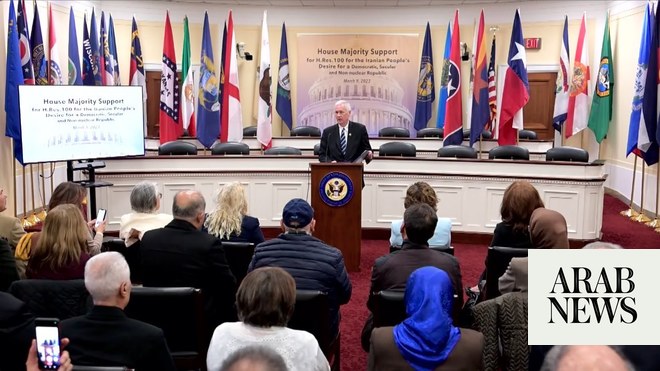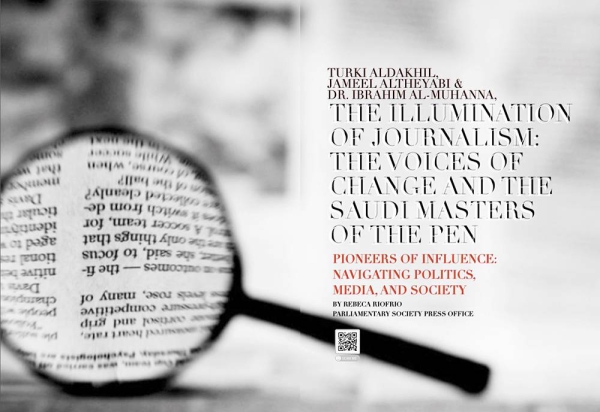
Setting up a special task force on Iran, President Donald Trump attempts to sort out three problems in shaping his new strategy on the Islamic Republic.
The first problem concerns the continued presence in various parts of the US government, including the State Department, the White House, the Pentagon and even the CIA, of elements who still subscribe to former President Barack Obama’s strategy of appeasing the Tehran regime through a mixture of concessions and empty threats.
Thus, the new task force, or working group, will act as a sieve for all analyses, reports and recommendations coming through administrative channels to the ultimate decision-maker, Trump himself.
The second problem is to bring divergent views within the close circle of presidential aides together as much as possible. It is no secret that National Security Adviser John Bolton has been a firm advocate of regime change in Iran for at least two decades.
In contrast, Secretary of State Mike Pompeo, though a hawk on the Iran issue, is a new convert to “change of behavior” school of thought regarding the Iranian regime.
Trump has tried to build a bridge between the two views by naming Brian Hook as head of the new task force. Hook was an aide to Bolton when the latter was US Ambassador at the United Nations. In recent months, however, he has acted as Policy Planning chief for Pompeo. Washington sources say that Hook enjoys the trust of both Bolton and Pompeo. If anyone can bring the two views closer, it is Hook, they speculate.
The third problem is to devise a serious strategy that goes beyond tough-talking and slogans. And that requires a great deal of study, consultation with allies, and genuine information from inside Iran. Hook was a critic of how in 2002-2003 the administration of President George W Bush was taken in by outlandish “information” supplied by Iraqi exile groups. He also knows that for any US strategy to have a chance of success, a larger measure of cooperation by allies and friendly states would be needed. This is why one of Hook’s first moves was to open consultations with British, German and French allies during a working visit to London.
The options both of regime change and change of behavior have advantages and disadvantages.
From a strategic point of view, the regime change option may appear more logical for at least two reasons.
The first is that it provides a clear objective against which one’s performance could be measured at any given time. Thus any action that might help prolong the life of the Iranian regime should be opposed and stopped, and any action that helps accelerate the process of regime change encouraged and supported.
The second reason is that behavior change would give the Iranian regime the initiative: It would be up to Tehran to modify this or that aspect of this policy at a rhythm and tempo of its choosing.
In such a case, US policy would become reactive and Tehran could play a game of cheat-and-retreat, a mixture of concessions followed by fresh provocative moves, and waiting out the term of the Trump presidency.
Tehran played the behavior change game under almost all US presidents since Jimmy Carter and managed to discourage decisive action by them in the hope of “bringing Iran back into the fold”, as Obama liked to say.
However, regime change is easier said than done. Theoretically, the US has the military, political and economic power to topple the Iranian regime. But the question is at what price in political, diplomatic and, in the longer run, strategic terms especially when the Trump administration has denounced nation-building ambitions.
The change of behavior option didn’t work under previous presidents because what the US precisely wanted was never clearly spelled out. Obama’s naive call for Iran to “join the community of nations” was weaker than inviting spinster to a ball.
Under Trump the change of behavior option has the advantage of being clearly spelled out in the form of 12 demands that cover all aspects of Iran in areas of concern to the US, that is to say nuclear issues, terrorism, cyber attacks and violence against dissidents in Iran itself.
Because Iran’s performance in those domains are measurable, the Trump administration could easily see whether its demands have been fulfilled or not. In fact, over the past few months Tehran has started complying with some of those demands while sharpening its rhetoric to hide the fact of its retreat.
Pompeo, Bolton and Hook may develop a synthesis of the two options by working for regime change in the hope of persuading the Khomeinist leadership in Tehran to accept change of behavior as the lesser of the two evils. That is in concordance with a Persian proverb that says “Take them to death so that they agree to a fever!”
However, even if such a synthesis is chosen it would still face a very big uncertainty: Trump’s own “feel” of the options at any given time. The US president depends more on his own “gut” than any cleverly devised politico-military scenario. He also favors a shorter game to a longer one in clinching a deal.
And that may point to a third option: Change within the regime rather than regime change and/or change of behavior.
Hook has been given a tough mission.












